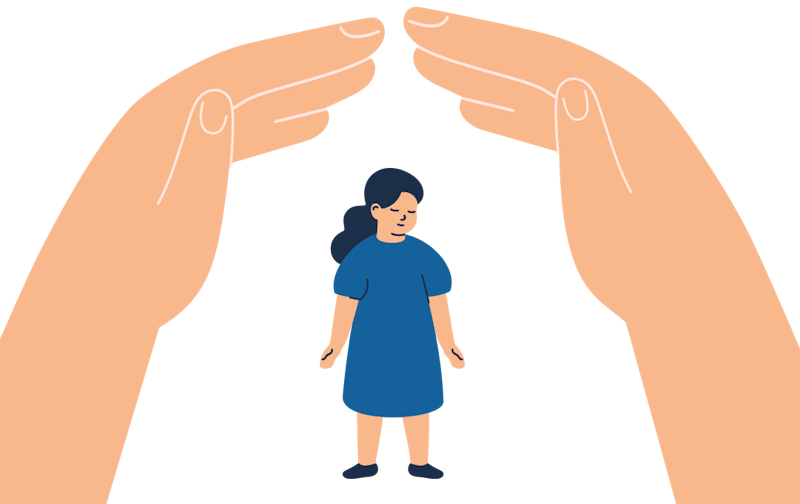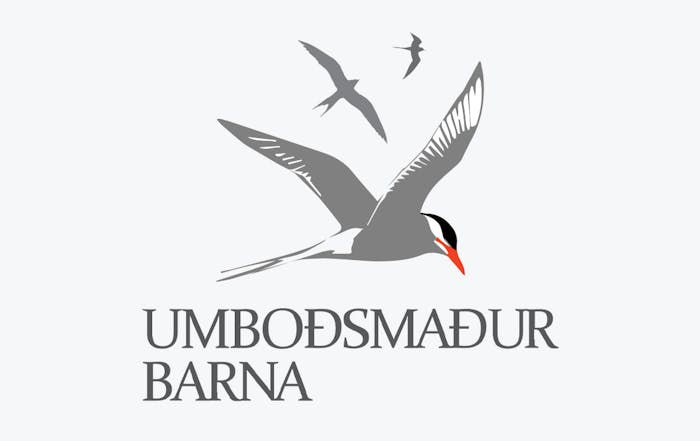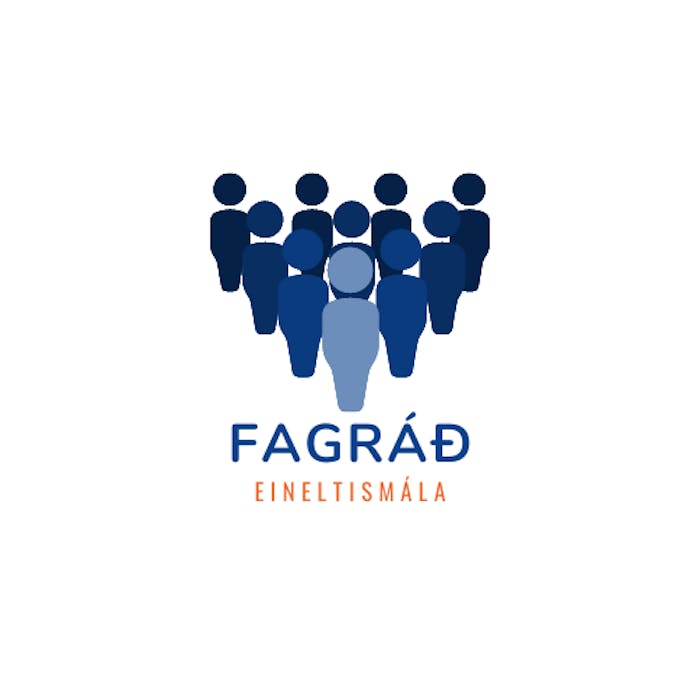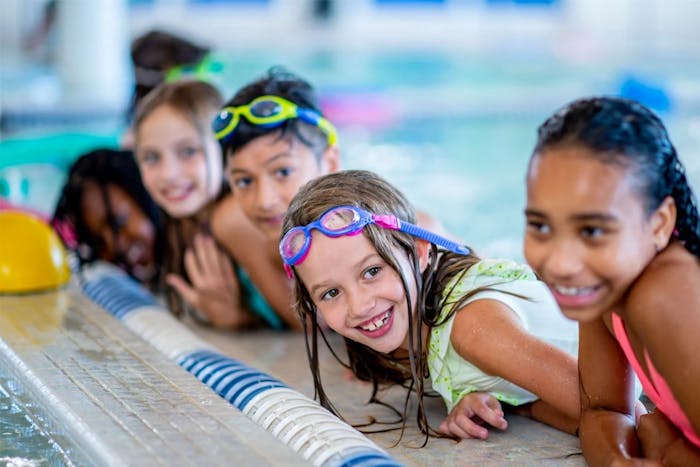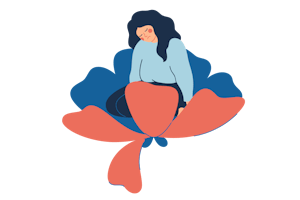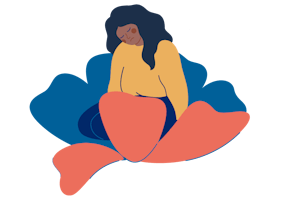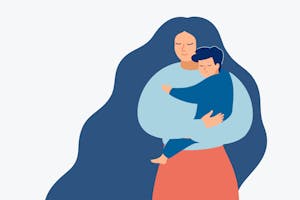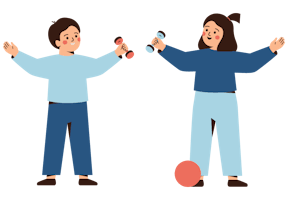Manifestations of bullying
A child who is bullied feels bad and defenceless. It is common for the child not to want to tell about what happens to avoid any consequences. Bullying often takes place where no one sees it. It is very important that everyone recognises the symptoms of bullying.
Bullying is manifested in many ways, it can be:
Physical
Beating, kicking, pushing.
Verbal
Name-calling, humiliating comments, repeated teasing.
Written
Negative messages on the internet or phone, scribbling, letters.
Indirect
Backbiting, ostracizing, exclusion from a group of friends.
Material
Things stolen or damaged.
Mental
Intimidation to do something against one’s will.
